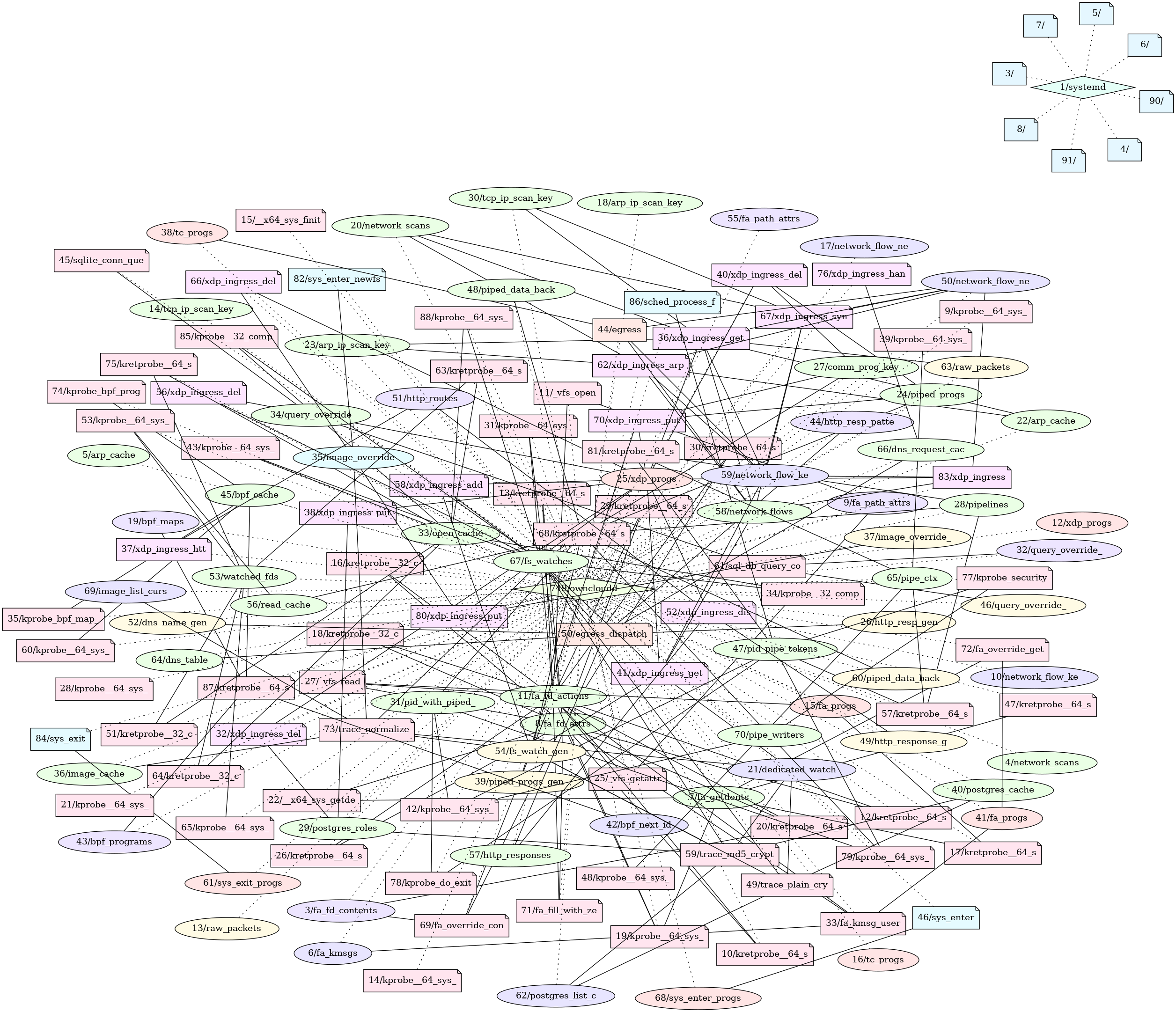BPF Memory Forensics with Volatility 3
BPF Memory Forensics with Volatility 3
Introduction and Motivation
Have you ever wondered how an eBPF rootkit looks like? Well, here’s one, have a good look:

Upon receiving a command and control (C2) request, this specimen can execute arbitrary commands on the infected machine, exfiltrate sensitive files, perform passive and active network discovery scans (like nmap), or provide a privilege escalation backdoor to a local shell. Of course, it’s also trying its best to hide itself from system administrators hunting it with different command line tools such as ps, lsof, tcpdump an others or even try tools like rkhunter or chkrootkit.
49 minutes to read
Valentin Obst and Martin Clauß
